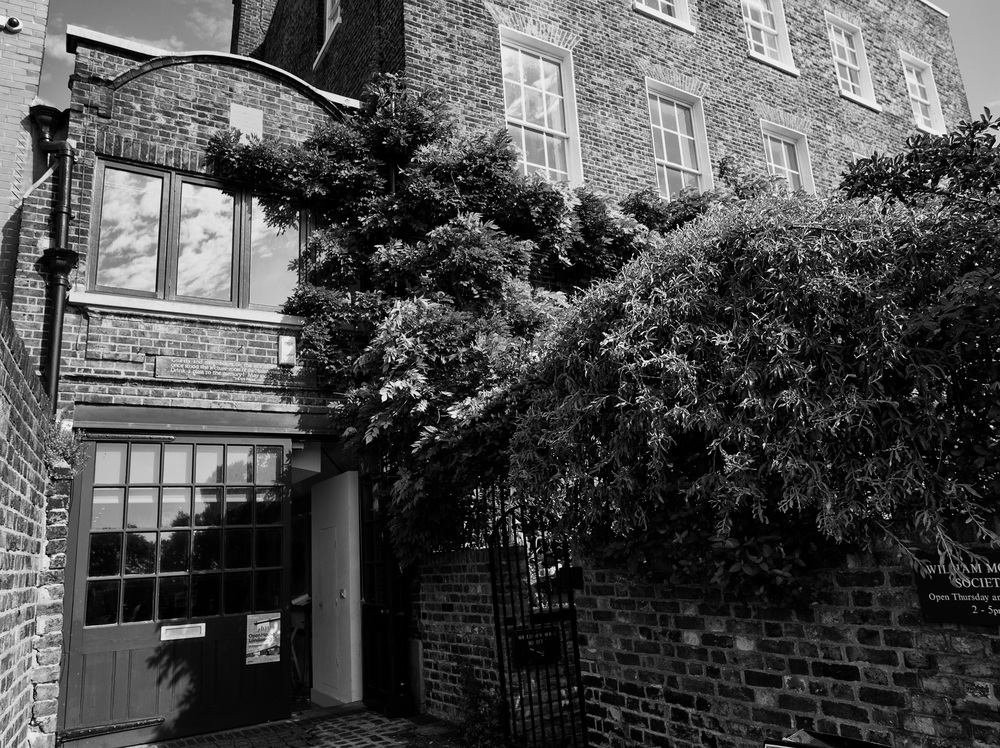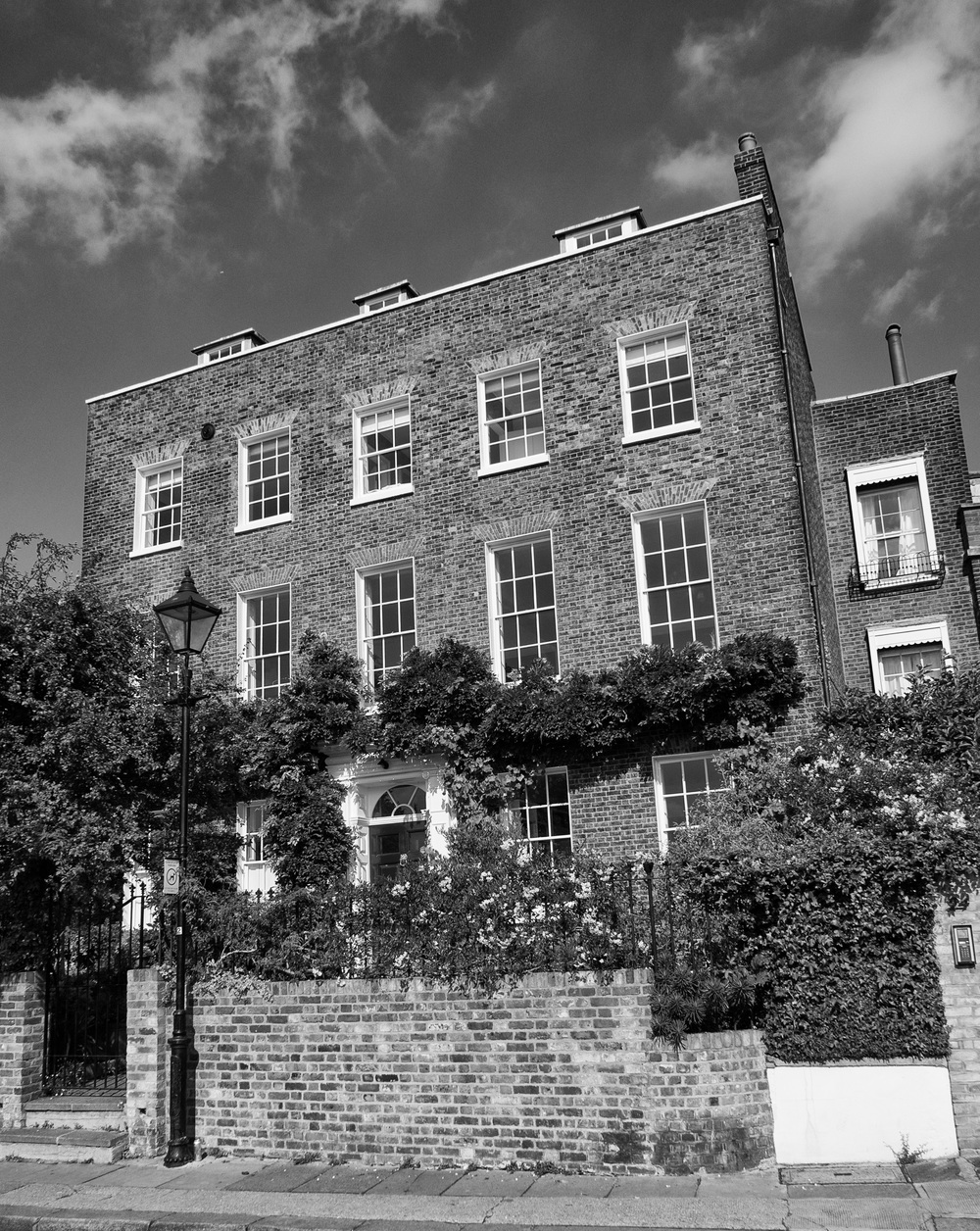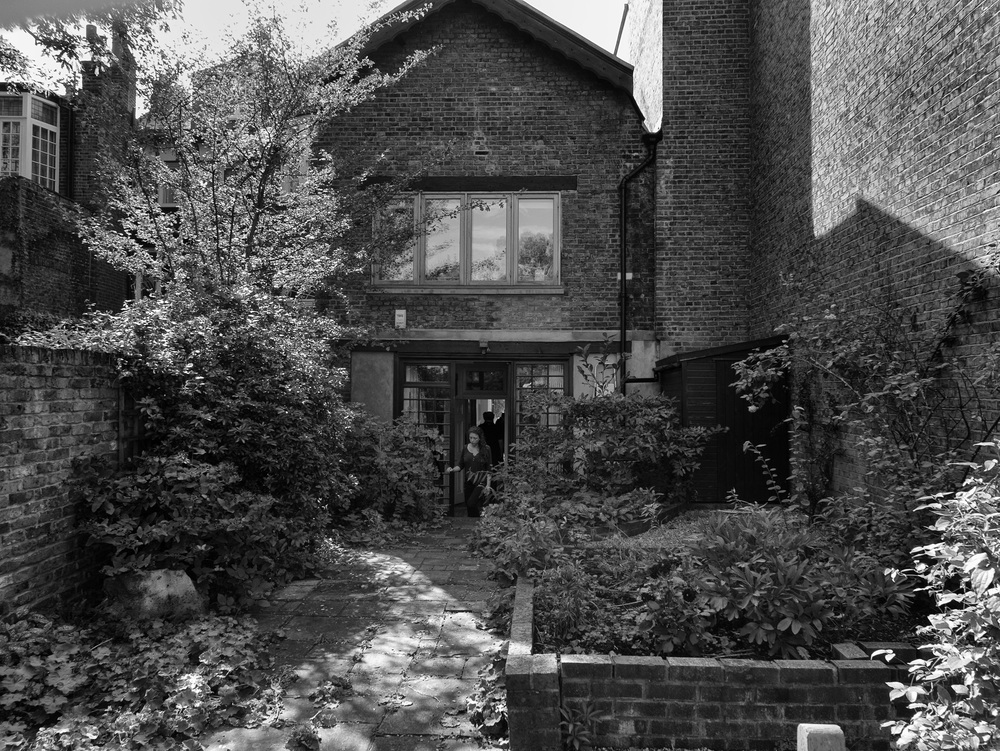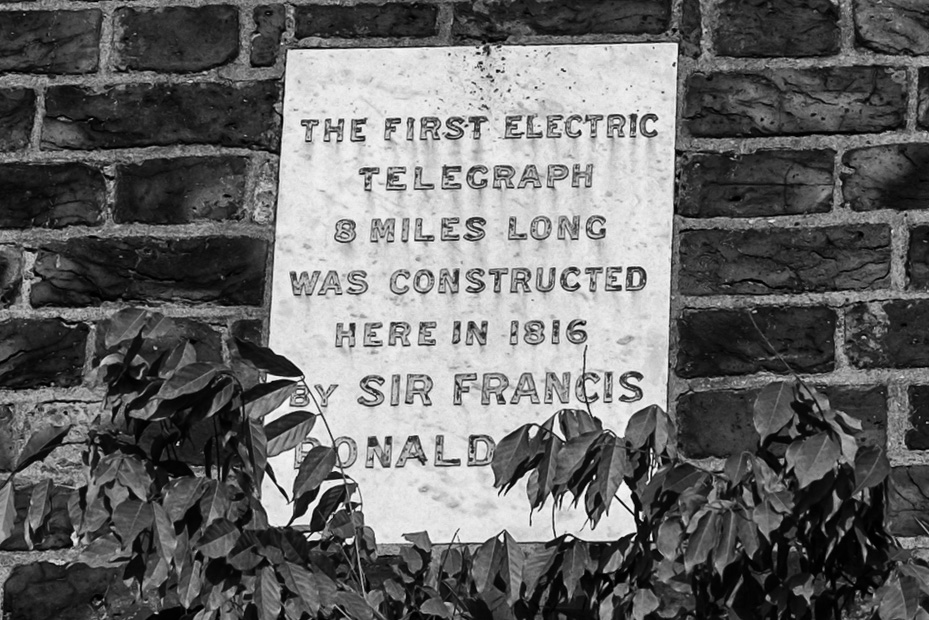My great-great-great uncle, Sir Francis Ronalds FRS (1788-1873), was a scientist and inventor whose achievements span the disciplines of electricity, meteorology, photography, mechanics, optics and more. He can be argued to be the first electrical engineer.
A handful of his many discoveries have had broad and lasting impact on the world. Sir Francis’ most noticed invention, his electric telegraph, was demonstrated two centuries ago in 1816. In creating it he was envisaging not only the electrical age, and the industry that founded this new era, but even a world of “electrical conversations” somewhat similar to that we enjoy today.

The previous year, 1815, saw his publication of the first battery-operated clock. Thirty years later he developed the first successful “movie camera” to capture the continual variations of natural phenomena like atmospheric pressure, temperature and geomagnetic forces. His cameras assisted the earliest Met Office weather forecasts in the UK and were used in observatories around the world well into the twentieth century.
In between he developed a range of new mechanical devices, including the hinged tripod stand that still steadies theodolites, telescopes and cameras; an attachment for the lathe that helped start the mass production of furniture; and a “fire finder” for pinpointing the location of a fire that was reinvented in the twentieth century. His explanation of the window of vision in fishing is revered in the fly fishing world.

Sir Francis in addition found time to build a successful business producing his patented tracing instruments, and to use them to survey the current condition of ancient monuments. His last documented invention, in his seventies, was the concept of a combined propeller and rudder for ships that has also since seen widespread application.
Perhaps Sir Francis’ biggest contribution of all was to compile and donate a complete electrical library to help educate the first generation of electrical engineers and sustain their new professional body.

Fortunately, many of the family’s papers survive, which illuminate the personalities, social lives and professional interactions of Sir Francis, his siblings and cousins. They show him to have been warm-hearted, generous and extremely modest about his many accomplishments.
Editor’s note: Dr.Ronalds wrote this article for the new website celebrating the achievements of Sir Francis Ronalds. She approached me in connection with our article last December which gave credit to Ronalds as the inventor of the electric telegraph (which he could not commercialise at the time, hence his lack of recognition). She said: “You are one of the very, very few who give Ronalds some credit for his early work and make the link between what he did and the modern world of telecoms.”
The illustrations in this article are all by Mike Evans and taken with the new Leica D-Lux (109) with the exception of the enlargement of the commemorative stone which was taken last December using a Fuji X-T1 and the 56mm f/1.2 lens.


A fascinating story Mike… And thanks to Dr. Ronalds.
Until a few minutes ago, I had never heard of Sir Francis Ronalds… Was his lack of commercialisation due to a lack of interest in business, or was he curtailed in some way?
My apologies… Cross that last question out… I might have known it… A government type put the kybosh on it… Isn’t that always the way?
So many thanks, I have learned even more now…
I must go and have a look at the Dove and Kelmscott and muse over the paradox that famous socialists (like Morris) were/are always filthy rich and they always know how to "help" the poor.
Stephen, you are right about the government type. If you click through to my original December story (link at the bottom of today’s article) you will read that "John Barrow…….secretary to the Admiralty, wrote that ‘telegraphs of any kind are now [after the conclusion of the Napoleonic wars] totally unnecessary, and that no other than the one now in use [a semaphore telegraph] will be adopted’. He took the matter no further and it was left to Wheatstone and Cooke to patent the idea and take all the credit. Dr. Ronalds believes that the invention was slightly before its time.
Without getting into politics here ("no politics or religion in the blog") you are quite right that many prominent early socialists such as William Morris appear to have come from a very privileged background and were indeed very rich. It was ever thus and holds true today.
I could argue that Charles Dickens, for instance, did far more to address poverty and inequality than all Morris’s fancy wallpapers pasted in a line from Land’s End to John O’Groats.
Ha… My son thinks that "Apple" is a religion, and that I prostrate myself at the Jobsian altar. 🙂
I hail from the beautiful country village of Bexleyheath (any old irony) where Morris had one of his other homes…. The Red House (I used to deliver an "Evening News" there when I were a lad… along of course with Kelmscott Manor… and the house that you mention today.
Of the crop of lefties from my era, we have Mr. Anthony Wedgewood Benn (Holland Park), whose son has just re-assumed the title of Viscount Stansgate… And the multi-homed Michael Meacher… Corbyn is no slouch either when it comes to upper crusts.
Oh dear Mike… It looks like my Google+ name, which was a matter of convenience several years ago, has reared its ugly head…
The last post was in fact mine…!
Dear Blah….er, Stephen,
Of course I know Bexleyheath well, although I had failed to link it to the famous decorator. I have also noted Wedgies twain, M.Meacher and Citizen C. Incidentally, I was always naïvely under the impression that the renunciation of the Stansgate title was non-recoverable. Apparently not. What’s the betting on Lord Corbyn of Finchley Park in the not-too-distant future?